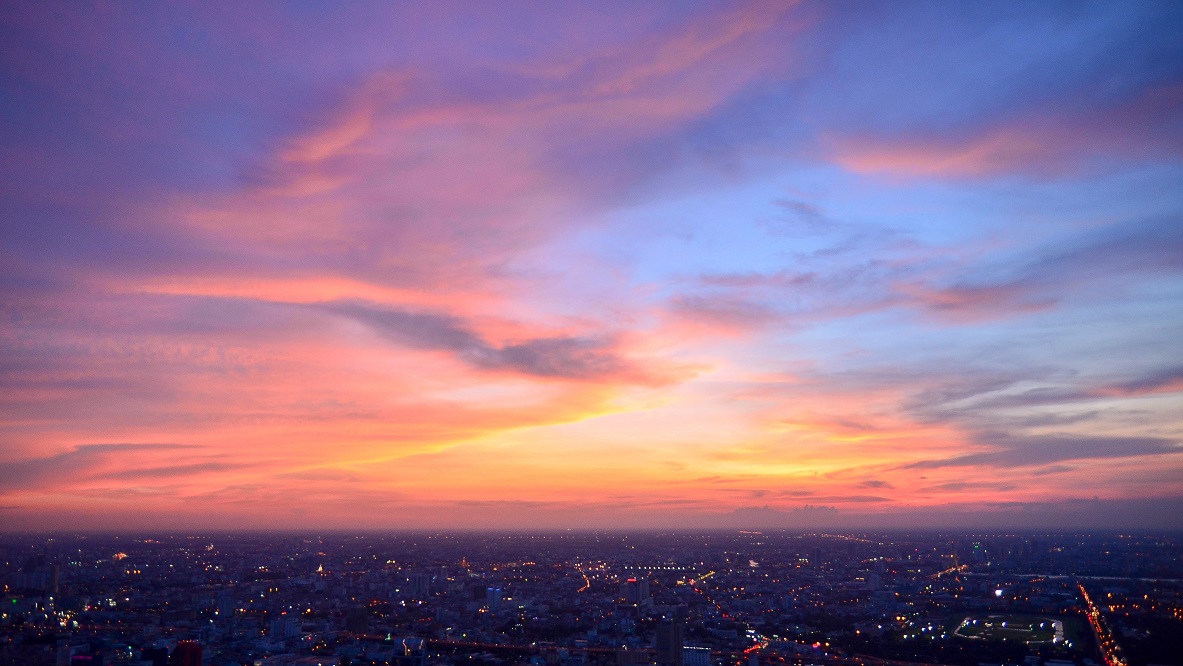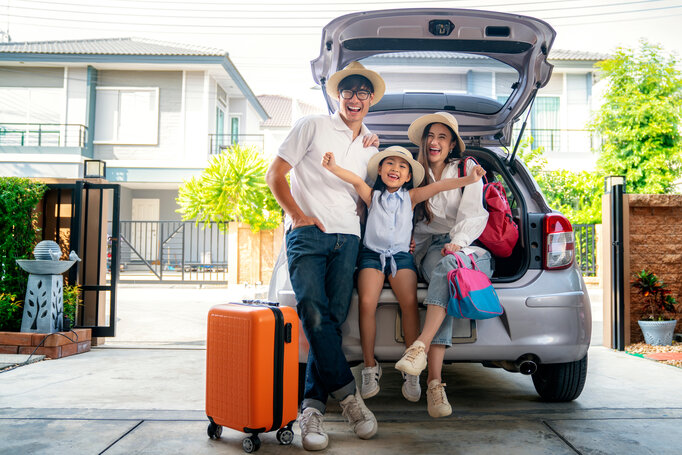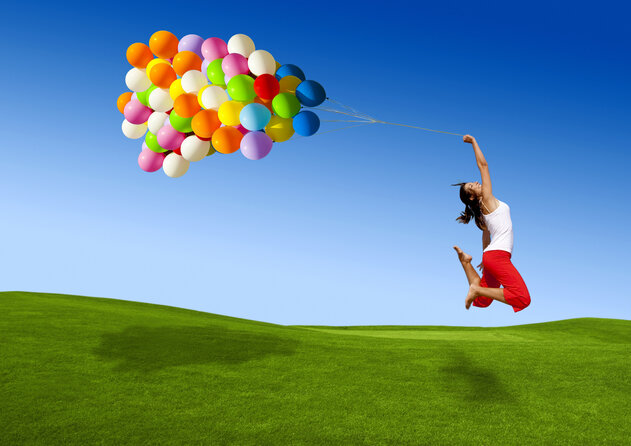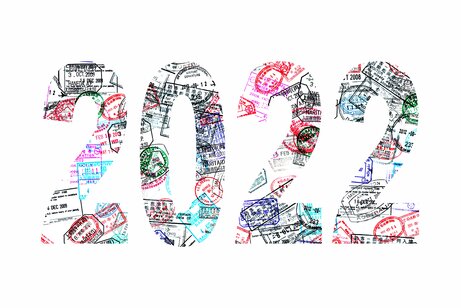Rising costs continue to mean a rising impact on Americans’ travel volume potential. Current levels of concern about crime-related issues while traveling are also elevated and notable. Meanwhile, the U.S. dropping COVID testing requirements for entry has caused a surge in Americans’ likelihood to travel internationally this year.

IMPORTANT: These findings are brought to you from our independent research, which is not sponsored, conducted or influenced by any advertising or marketing agency. The key findings presented below represent data from over 4,000 American travelers collected in June 2022.
Read below for a summary of the key findings from the latest The State of the American Traveler report.
Rising Travel Costs & Inflation
Data tracking American travelers’ sense of financial well-being continues to show mixed signals. Comparing the first quarter of 2022 to the most recent one, the proportion of travelers who feel they are financially better off than at this point last year has dropped from 33.6% to 31.0%. On the other hand, optimism remains high. The proportion of travelers who feel they will be better off next year has grown slightly from 42.8% to 43.4%, quarter over quarter. Unfortunately, however, the proportion of travelers who reported that now is a good time to spend money on leisure travel has dropped significantly. In the first quarter of the year, 39.2% said they felt it was a good or very good time to spend on leisure travel. This figure dropped to 32.6% in the second quarter. Half of American travelers (49.5%) say high travel prices have kept them from traveling in the past month, jumping nearly 8-points in the last four-weeks. In addition, well over one-third (36.3%) agree that recent inflation in consumer prices has caused them to cancel an upcoming trip—a 6-point increase in the last month.
Nevertheless, leisure travel continues to be a high budget priority for American travelers. In June, 61.8% of travelers said leisure travel was for them a “high” or “extremely high” budgetary item. This figure has remained stable over the first six months of 2022. Maximum expected annual travel budgets grew in June, reaching an average of $4,345, an increase of 10.5% from May.
The number of Americans traveling may start to retreat somewhat. The percent of American travelers who expect to take at least one leisure trip in the next 12-months has dropped nearly 8-points since February—from 93.3% to 85.8% now—and those with trip plans has dropped 3-points to 82.3% in the same period. However, Americans still appear to be holding on to their Fall travel plans—with 25.0% of American travelers reporting trip plans in September, and 20.7% reporting trip plans in October. While the level of excitement Americans are expressing about their travel future may have dropped from the high recorded in April (now at 7.5, down from 7.8 on scale from 0-10), the typical American traveler (66.6%) remains highly open to travel inspiration.
Perceptions of Crime & Safety in Travel
While general safety has always been a top consideration when Americans evaluate their travel destinations, their current level of concern about crime-related issues are notable. Nearly 43% of American travelers say they have elevated levels of concern about their personal safety when thinking about traveling domestically. These concerns are even stronger and more common among Millennial and Gen Z-aged travelers. When asked about their specific concerns as it relates to safety when traveling in the U.S., theft (36.7%) and mass shootings (34.0%) are top. Additionally, 42.0% said there are in fact destinations within the U.S. they would absolutely not visit due to safety concerns.
Witnessing significant homelessness on domestic trips also impacts travelers’ perceptions and behaviors. Of the nearly three-in-ten (28.6%) travelers who visited a destination with a significant homelessness issue in the last 12 months, 40.6% said what they experienced made them less likely to return to specific destinations and a larger 46.3% said they were less likely to recommend that destination to friends/relatives.
Word of mouth, internet searches, news stations and social media are the top information sources Americans use to evaluate the safety of a leisure destination.
International Travel and the Impact of Dropping Testing Requirements
In an indicator of pandemic mindset reversal, a record low 45.2% of American travelers are saying they are avoiding international travel.
With negative COVID-19 tests no longer a requirement to enter the U.S., American travelers’ likelihood to travel internationally this year jumped to 34.3% from 28.4% in the past month alone. In fact, 31.0% of American travelers say that the dropping of the COVID testing requirement to enter the U.S. has specifically made them more likely to travel internationally this year. An increasing number of American travelers are reporting they have greater interest in traveling outside the U.S. than domestically—30.1%, up from 25.1% in February. When asked to name the foreign destinations they most want to travel to in the upcoming months, Italy, France, Canada and Mexico top Americans’ lists.
Other Noteworthy Trends
Don’t forget to register for our upcoming webinar.









